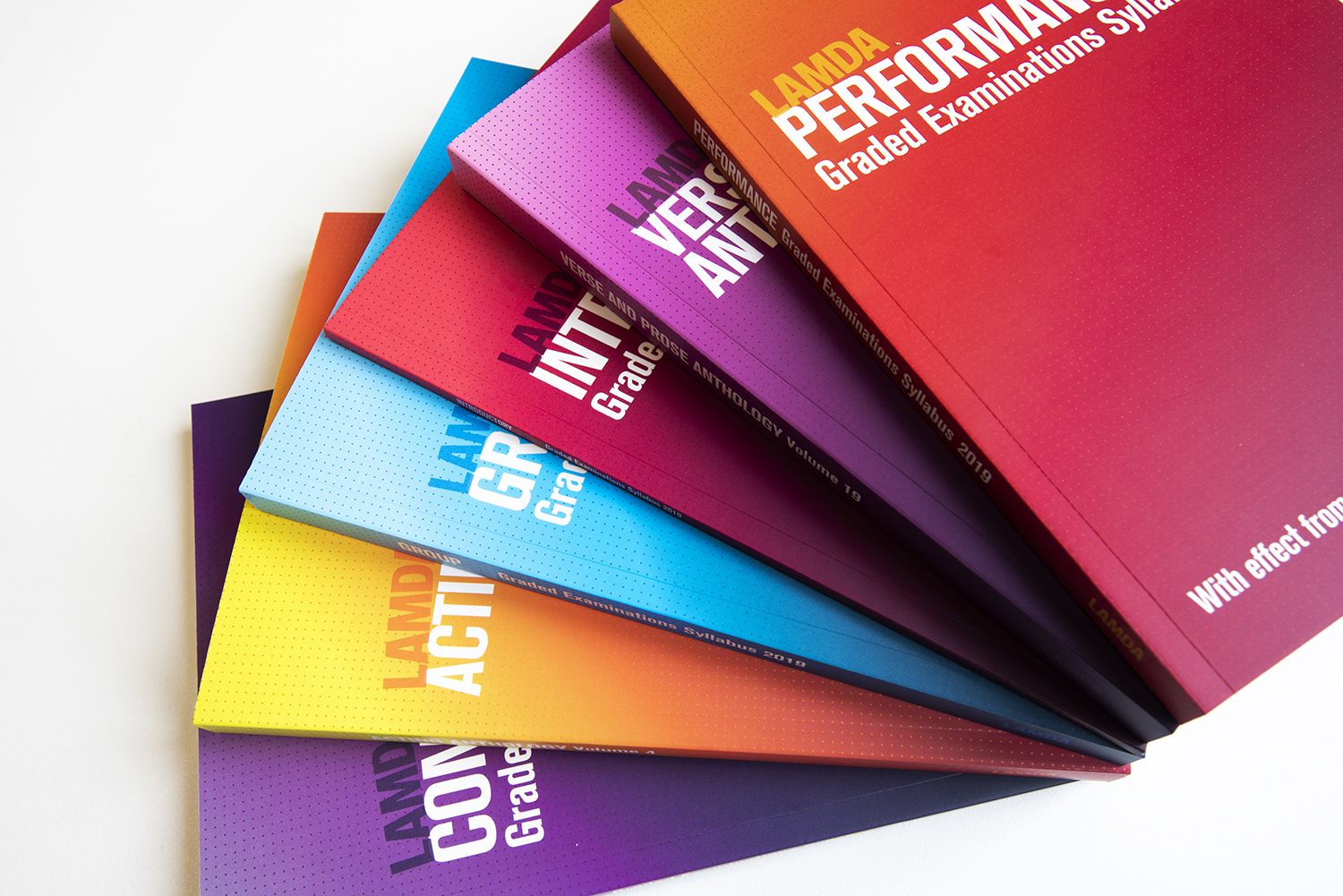Ensuring they remain as relevant as ever, LAMDA have introduced new syllabi for Communication, Performance, Group and Introductory. Susan Elkin spoke to LAMDA to find out more.
The statistics for LAMDA examinations are impressive. For over 130 years, Britain’s oldest drama school, has been examining children, young people and others in spoken word and drama as a way of enhancing oral skills and confidence.
In academic year 2018/19 they worked with 120,927 candidates in 35 countries. They’re so well established and known as the “brand leader” that when someone says – as a mother did to me last week – “My child’s starting LAMDA this term” one knows exactly what she means, just as you do if a young person refers to “My LAMDA teacher”.
Linda Macrow, Chief Examiner for LAMDA Examinations sums it up: “Yes, we have a very loyal base of teachers, learners and parents so we have to make sure that we really meet their needs”.
That is why LAMDA syllabi in Communication, Performance, Group and Introductory examinations are routinely refreshed and revised every five years in order to keep them fresh and completely relevant. The latest new syllabus was introduced on 1 August 2019.
“We want to make sure that our syllabuses are always fit for purpose, relevant, achievable and definitely not remotely old fashioned”, says Faye Carmichael, qualifications manager at LAMDA Examinations. “For example, there are now plenty of gender-neutral options so there really is something for everyone to get their teeth into. Peter Pan is a good example and there are plenty of characters where the gender simply doesn’t matter.”
It is also important to provide material for candidates to work on which reflects their own backgrounds. So, given those 35 countries and cultures, a wide and diverse range of authors feature in the new syllabi.
Another change is the revamped Learner Assessment Report (LER) because some teachers disliked the old format. “From here on, the report will be in two parts” explains Linda. “First the candidate is awarded a grade, indicating where they have met each assessment criterion to pass merit or distinction standard – or not. That is very pure and straightforward. Then in the second part of the report the examiner will pull out and comment on four positive aspects of the work or areas the candidate can work on so it’s very personal, tailored to the individual and constructive.” She adds: “We call this second part ‘feed-forward’ as opposed to feedback”.
Of course, Faye, Linda and their colleagues would like to see LAMDA work become part of mainstream education in Britain as it is in India. “We’ve just trained nineteen primary school teachers there and they came from a wide range of subject backgrounds.”
“We run a one-week CPD-accredited course for teachers specifically structured so that it is suitable for teaching assistants from all backgrounds, not necessarily drama” says Linda, “and we’d really like to apply that much more widely, but inevitably there’s a funding problem.”
She continues: “Some schools pay for the training – and lots of schools do work with us which is excellent – but others simply don’t have the budget to cover it.”
And although LAMDA Examinations are widely used in independent schools it is still an uphill struggle to get the work into maintained sector schools. “It’s more difficult in secondary schools too where the timetabling and other constraints are much tighter than in primaries too” comments Linda.
So what do Linda and Faye regard as LAMDA’s distinctive features given that it has several quite strong competitors? “It complements and blends in with the National Curriculum” says Linda, immediately. “It enriches English, Drama, History and lots of other subjects.”
It’s adaptable too. “One state school in Birmingham is using our examinations to teach public speaking in the sixth form. There’s a little more room to manoeuvre with sixth form timetabling than there is at Key Stages 3 and 4” says Faye.



